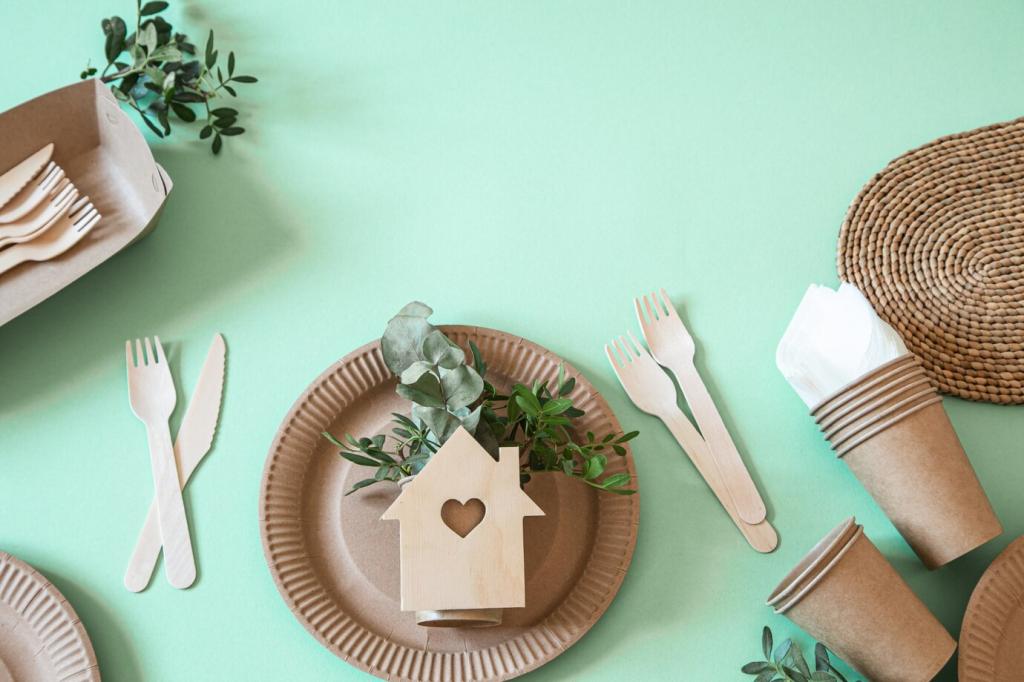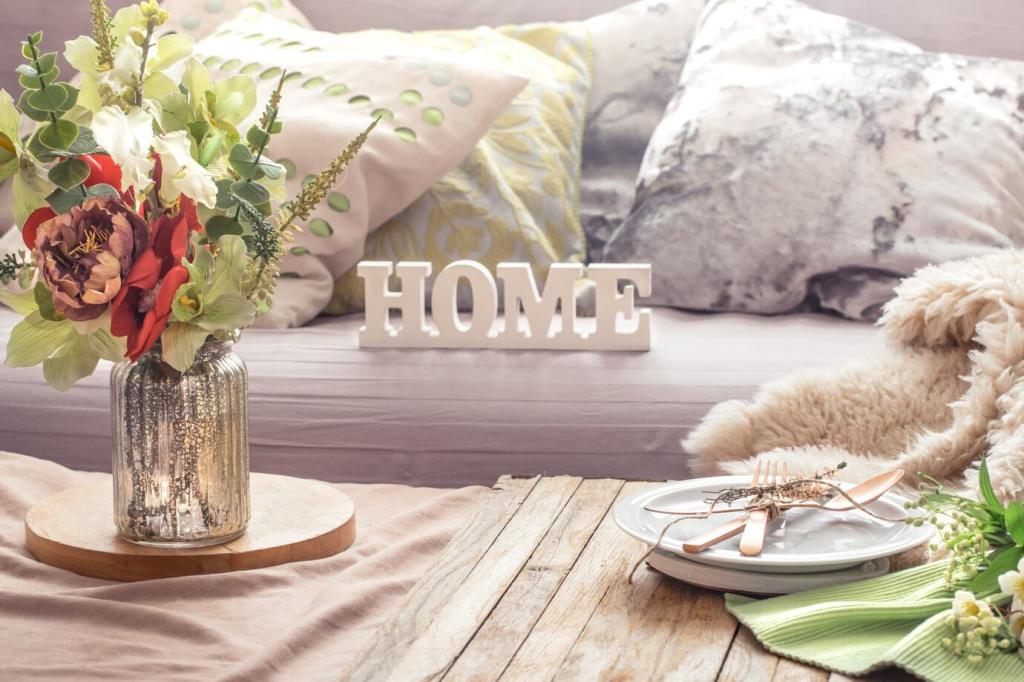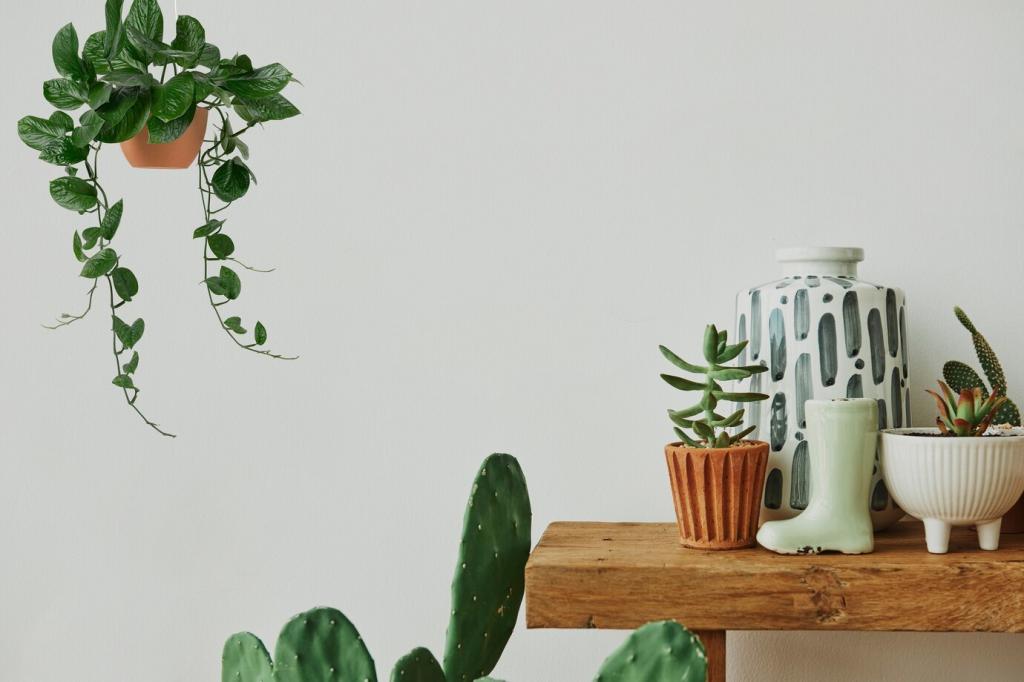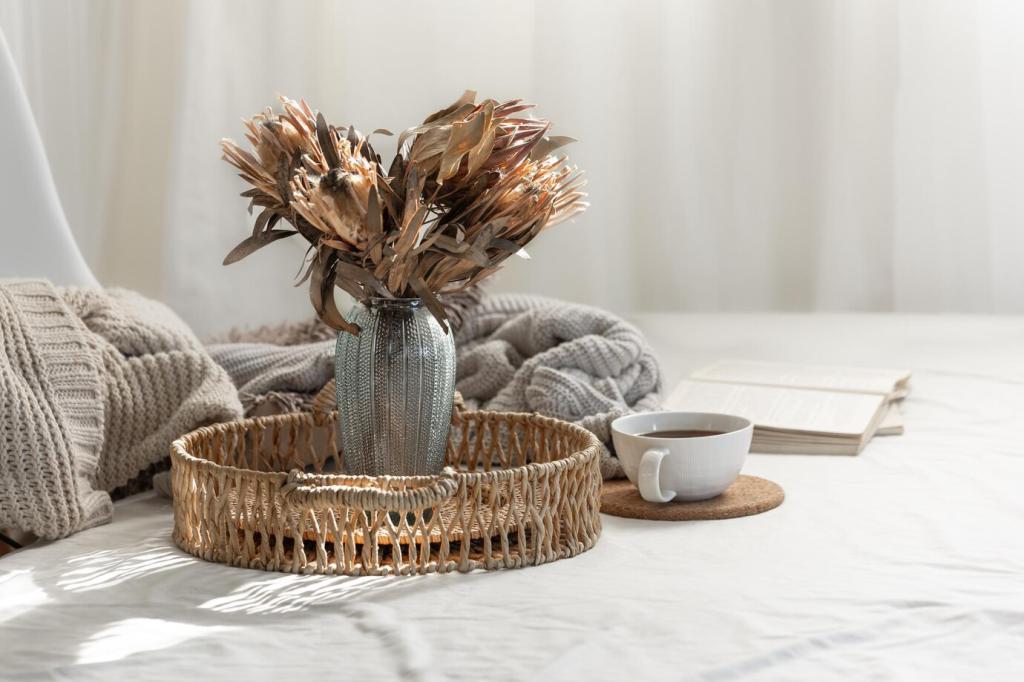
Minimalist Design with Sustainable Principles in Mind
Minimalist design with sustainable principles fuses aesthetic simplicity with an ethical commitment to the environment. Through careful material selection, thoughtful functionality, and a focus on reducing waste, this approach creates spaces and products that are not only visually calming but also address the pressing need for responsible consumption. By eliminating excess and opting for timeless choices, minimalist sustainability offers both beauty and long-term value, ensuring that design serves both human comfort and the planet’s well-being.
The Essence of Minimalist Design
Simplicity underpins the minimalist philosophy, driving design choices that eliminate visual noise while ensuring that every component serves a purpose. By stripping away decorative elements and retaining only the essentials, minimalist spaces emanate clarity and purpose. This intentional reduction fosters a sense of peace, allowing inhabitants to move and think freely within their environment. Simplicity can also extend to choice of materials, favoring uniform finishes and subdued colors that do not overwhelm the senses. The result is an aesthetic that feels both timeless and relevant, transcending fleeting trends in favor of enduring appeal.

Integrating Sustainability into Minimalist Design
Conscious Material Selection
Selective choice of materials is fundamental in achieving sustainable minimalist design. Designers prioritize renewable resources, recycled content, and responsibly harvested woods, seeking suppliers who uphold environmental stewardship. Non-toxic finishes and natural fibers contribute to healthy indoor environments, while locally sourced materials reduce transportation footprint. This conscientious selection not only preserves the earth’s resources but also enhances the tactile and visual qualities of a space. Thoughtful materials age gracefully, acquiring patina without sacrificing integrity, ensuring longevity and future adaptability.
Reducing Waste in the Design Process
Sustainability in minimalism demands a rigorous approach to waste reduction at every phase. From careful planning that minimizes construction offcuts to modular or demountable assemblies that facilitate eventual reuse, the process is designed to leave as little trace as possible. Designers employ efficient layouts and digital modeling to optimize resources, ensuring that even leftover materials find purposeful application. By valorizing quality over quantity, sustainable minimalism discourages disposability, fostering a culture of repair, maintenance, and long-term enjoyment rather than fast, consumable trends.
Energy-Conscious Solutions
The minimalist design process extends to thoughtful integration of energy-conscious strategies. Passive solar orientation, high-performance insulation, and natural ventilation are incorporated into architectural plans, reducing reliance on artificial heating, cooling, and lighting. Designers embrace efficient systems such as LED lighting and low-consumption appliances, balancing comfort with conservation. By leveraging natural resources, like daylight and airflow, minimalist spaces not only minimize their ecological footprint, but also enhance the well-being of occupants through improved indoor environmental quality.

Minimalist philosophy encourages the selection of fewer but better pieces, opting for objects that are built to last in both construction and style. Each addition to a minimalist environment is meticulously chosen, ensuring it will withstand the test of everyday use and evolving tastes. This insistence on quality, rather than over-accumulation, curbs the cycle of constant replacement that typifies throwaway culture. Durable materials, expert joinery, and attention to detail result in pieces that age gracefully, gaining character while retaining function and appeal.

Incorporating emotional durability into minimalist design ensures that inhabitants form deep, lasting bonds with their spaces and possessions. Timeless pieces, free from ornate embellishments and superfluous frills, offer a quiet elegance that is easy to appreciate year after year. This sentimentality translates into a reluctance to discard or replace, cementing sustainable habits as part of everyday life. By creating designs that resonate on a personal level, minimalist sustainability nurtures a sense of stewardship, encouraging care, respect, and pride in one’s surroundings.

Minimalist and sustainable designs are conceived with adaptability in mind, recognizing that needs and lifestyles change over time. Modular shelving, reconfigurable furniture, and flexible layouts allow spaces to evolve without necessitating major overhauls or new purchases. This inherent flexibility ensures continued relevance, reducing the demand for resource-intensive renovations. Adaptable design not only accommodates life’s transitions but also embodies the responsible ethos at the heart of sustainability, empowering inhabitants to live lighter on the planet while still meeting their changing requirements.
